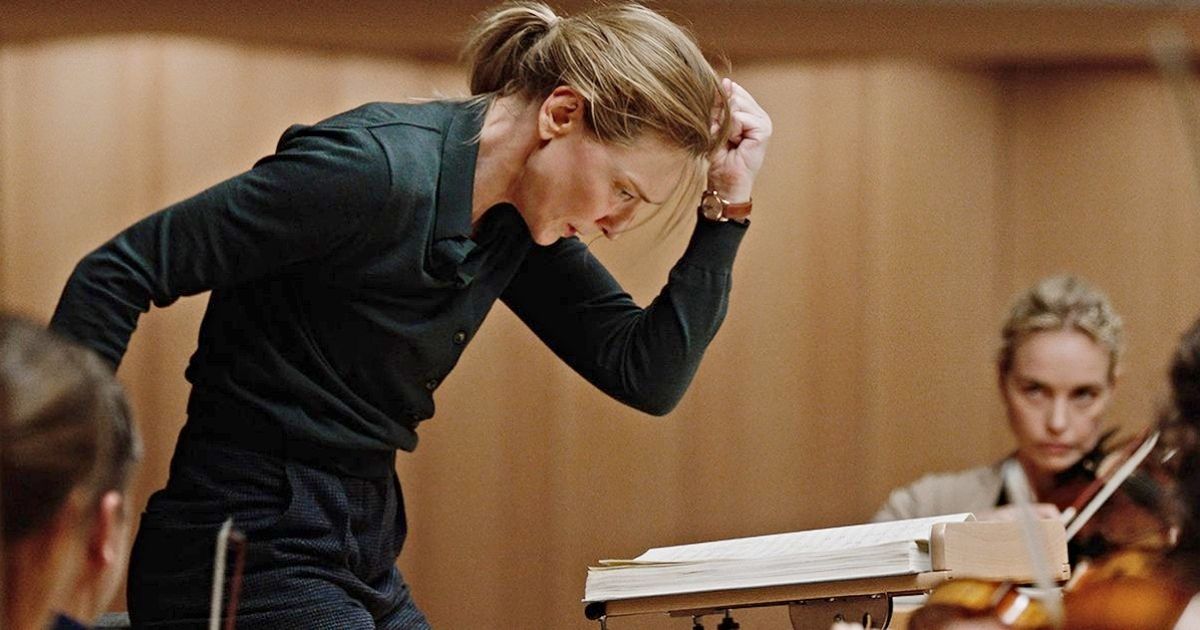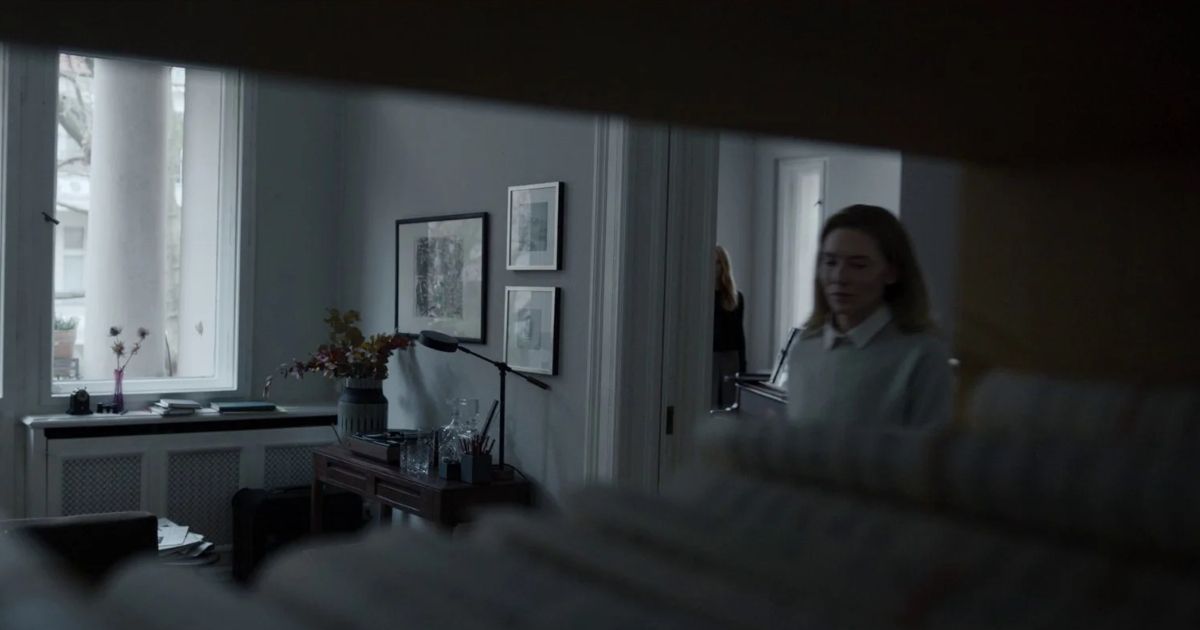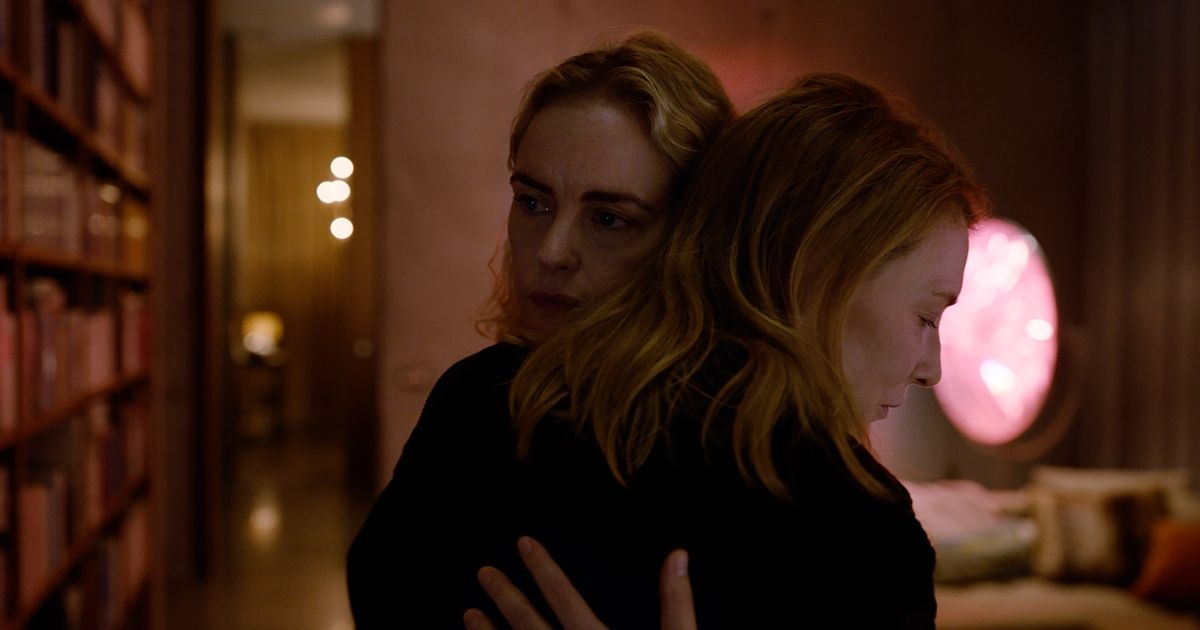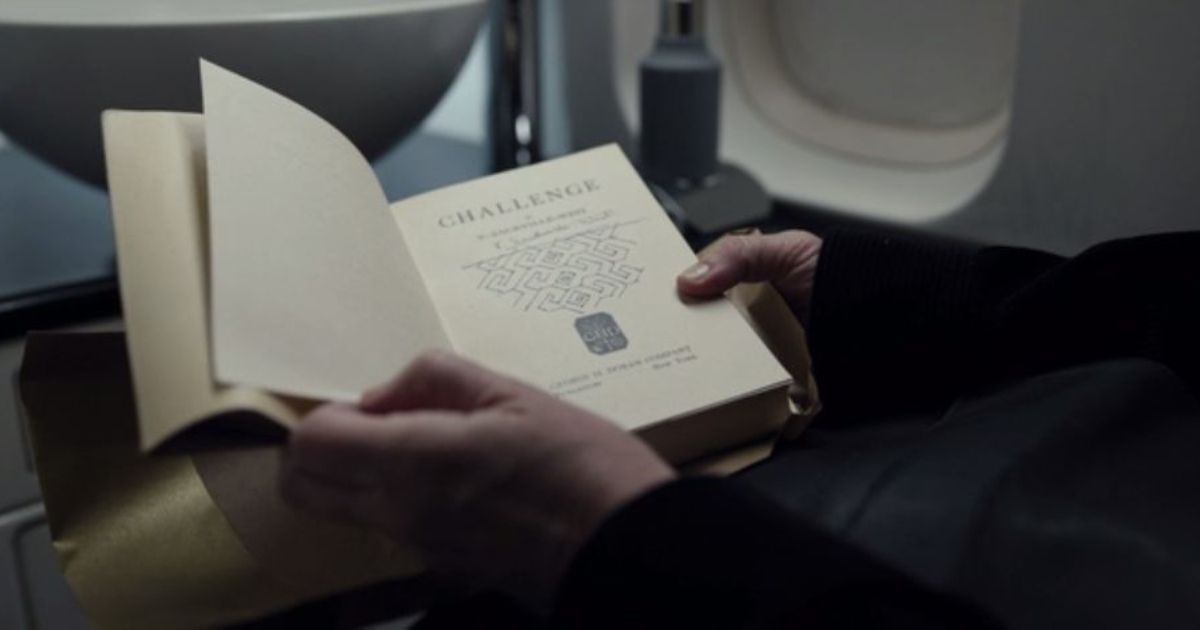Directed by Todd Field and starring Cate Blanchett in the titular role, TÁR is a look into the life of conductor Lydia Tár. When we meet her, she is at the top of her game, being interviewed by The New Yorker, conducting the Berlin orchestra, and releasing an autobiography. We see her immaculate suits being tailored, her obsessive and obedient assistant, and her impeccable Berlin home. Lydia's carefully constructed and maintained life is evident from the opening scenes. Slowly, the shiny veneer of her life begins to crack and the darker aspects beneath the surface become clear.
It’s a story about ambition, power and its abuse, performance, and maybe even ghosts. Most of Lydia's downfall is the result of how she treats others in her professional and personal life. When she has prestige and institutional power, no one can complain about their mistreatment because they want to be in her good graces. Eventually, though, the skeletons in her closet start tumbling out until she cannot keep up appearances any longer. Throughout the movie, horror-inflected moments signal cracks forming in the glass of her image. They also beg the question: is TÁR a ghost story?
Who Is the Ghost in the Background?
Eagle-eyed viewers noticed that, in a couple of frames of TÁR, there is a sinister, ghostly-looking figure in the background. At first glance, this may seem at odds with what appears to be a non-fantasy movie — how could there be a ghost in a movie set in the real world? The first thing to note is that the movie is very deliberately positioned just outside of reality. Consider the scene in which Lydia goes for a run and hears distant screams, which are actually taken directly from Heather Donahue in The Blair Witch Project, and then the moment is never mentioned again. Or the mysterious maze patterns that crop up throughout the movie on a book gifted to her and clay that her daughter had been playing with. These things are presented to the audience, but never discussed or explained, suggesting that peripheral darkness is simply part of the world Lydia lives in.
Returning to the ghost figure, she seems to be Krista Taylor, Lydia's ex-protégé and lover who was discarded abruptly. Lydia had her exiled from her circle of the global orchestral community by sending out word that Krista was unstable and unsuitable for any positions her colleagues might be interested in offering her. Eventually, after countless pleading emails to Lydia and her assistant, Krista ends her own life. The first time we see her ghost is just before Lydia finds out she died, which is evidence against the theory that the supernatural components of the movie are merely a sign of madness, existing only in Lydia's mind.
Was It All Just A Dream?
Others who have discussed the spooky occurrences in TÁR often come to the conclusion that from a certain point, the movie is all just a dream or hallucination of some kind. In an article for Slate, Dan Kois writes that director Todd Field makes "big, broad pronouncements" about the final third of the movie "happening inside Lydia Tár’s head." He argues that after she falls and hits her head, "The movie has swerved [...] into the uncanny." But this big tonal shift being described doesn't add up. Some of the strangest scenes happen before this moment. For instance, the scene in which she, wearing only a large button-up shirt, helps her very sick, elderly, naked neighbor up off the ground and into some kind of wheelchair-toilet hybrid. To declare that the final act of the movie must be a dream because it's too absurd to be a natural continuation of the earlier portions ignores the story's momentum building over time.
Moreover, the uncanny tone in TÁR is a constant from the get-go. Cinematographer Florian Hoffmeister keeps the camera almost always at head height, making the viewer into another spectral presence in the movie. In the many scenes where we see Lydia walking or running somewhere from behind, it feels as though we are watching over her shoulder. Hoffmeister crafted slow, smooth camera movements that aren't immediately off-putting but build an ominous feeling over time. This adds to the sense that the viewer is a ghost in the movie, one that is able to glide around. By positioning the audience within the scenes in a way that also denies any real presence, a sense of simultaneous immersion and detachment is developed, leading to the uncanny feeling that has been noted.
What Do the Ghosts in TÁR Really Mean?
Toward the end of the movie, we learn that Lydia Tár was born Linda Tarr and that she had never even met her so-called mentor Leonard Bernstein. After this revelation, the meticulous nature of her clothing and home decor, in combination with the manipulation of her colleagues, can be understood as more than just personality quirks. These preferences and behaviors uphold the self that she constructed in order to succeed in her field. So, the feeling that what we're seeing isn't real is true in a way, because her personality and identity really have been made up. Perhaps the sense of uncanniness is due to the fact that her life, ultimately, is a lie.
By borrowing elements from the horror genre, Field signals that everything is not what it seems. These moments externalize Lydia's internal paranoia so that her feelings are visible to the audience. We see her watched by someone she wronged because she feels haunted by Krista's ability to out her transgressions. Likewise, with the maze patterns, in the opening interview scene, Lydia mentions the Shipibo-Conibo tribe, which she supposedly studied, who are known for the maze-like patterns on their pottery. These patterns are undoubtedly similar to those she sees at various points in the movie. If this studying is another fabrication of hers, then that would explain why she is haunted by those patterns: they are another piece of her deceptive backstory. The horror imagery stands out in such a poised and carefully put-together movie, one that mirrors Lydia's own carefully put-together identity. Here, the imagery functions in the same way as Lydia's transgressions and lies do in her own life: a looming shadow in the background of a pristine image.
To argue that TÁR is "actually a horror movie" simply because it uses ghost imagery is nonsensical; there is no attempt made to make the movie scary. The ghosts can be interpreted in an infinite number of ways, so it does the movie a disservice to end your analysis there. It's a narrative that resists categorization and cannot be tied neatly in a bow. Yes, there are ghosts in the movie but is it a ghost story? No. The only way to describe it is a Tár story.




